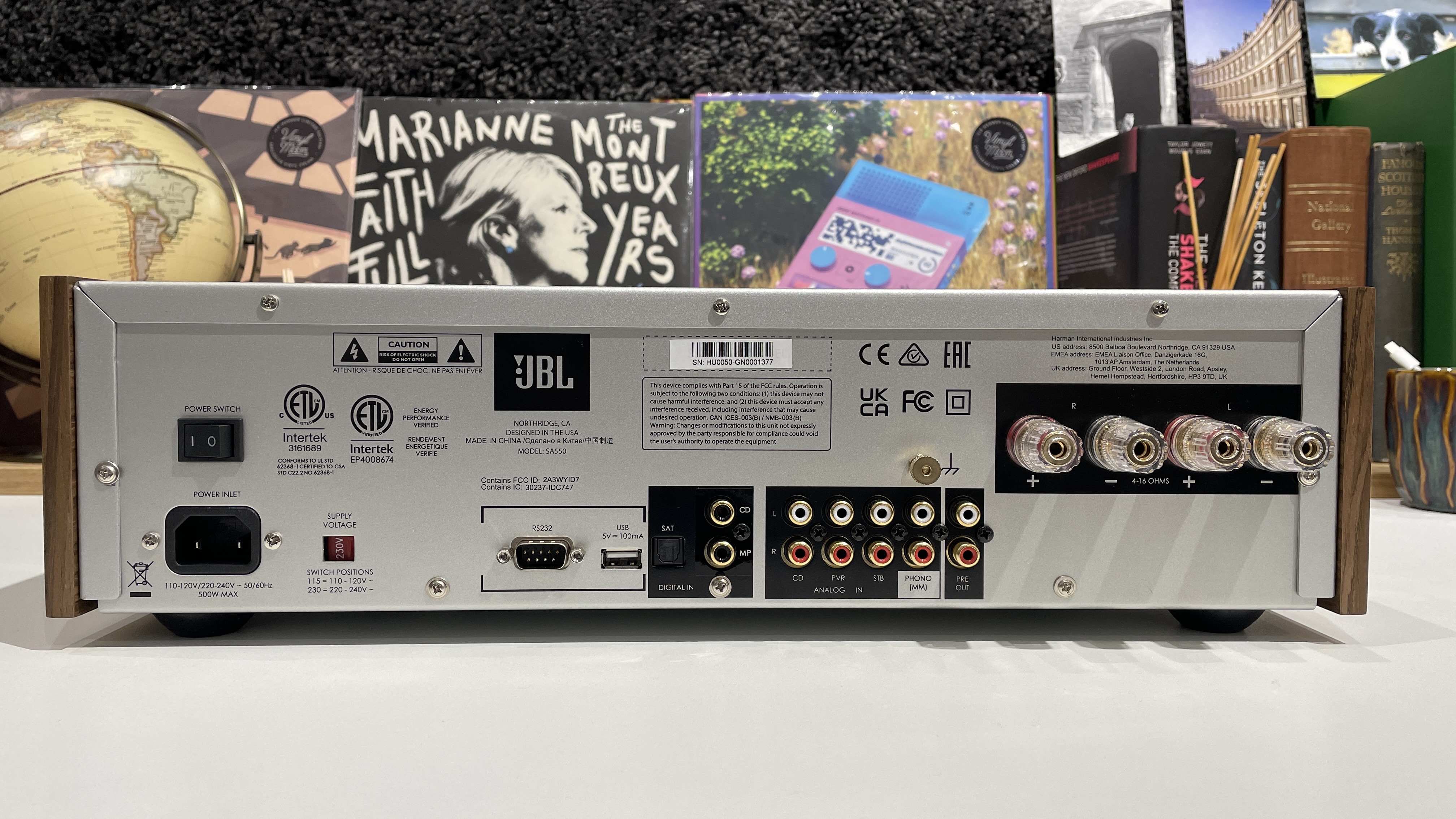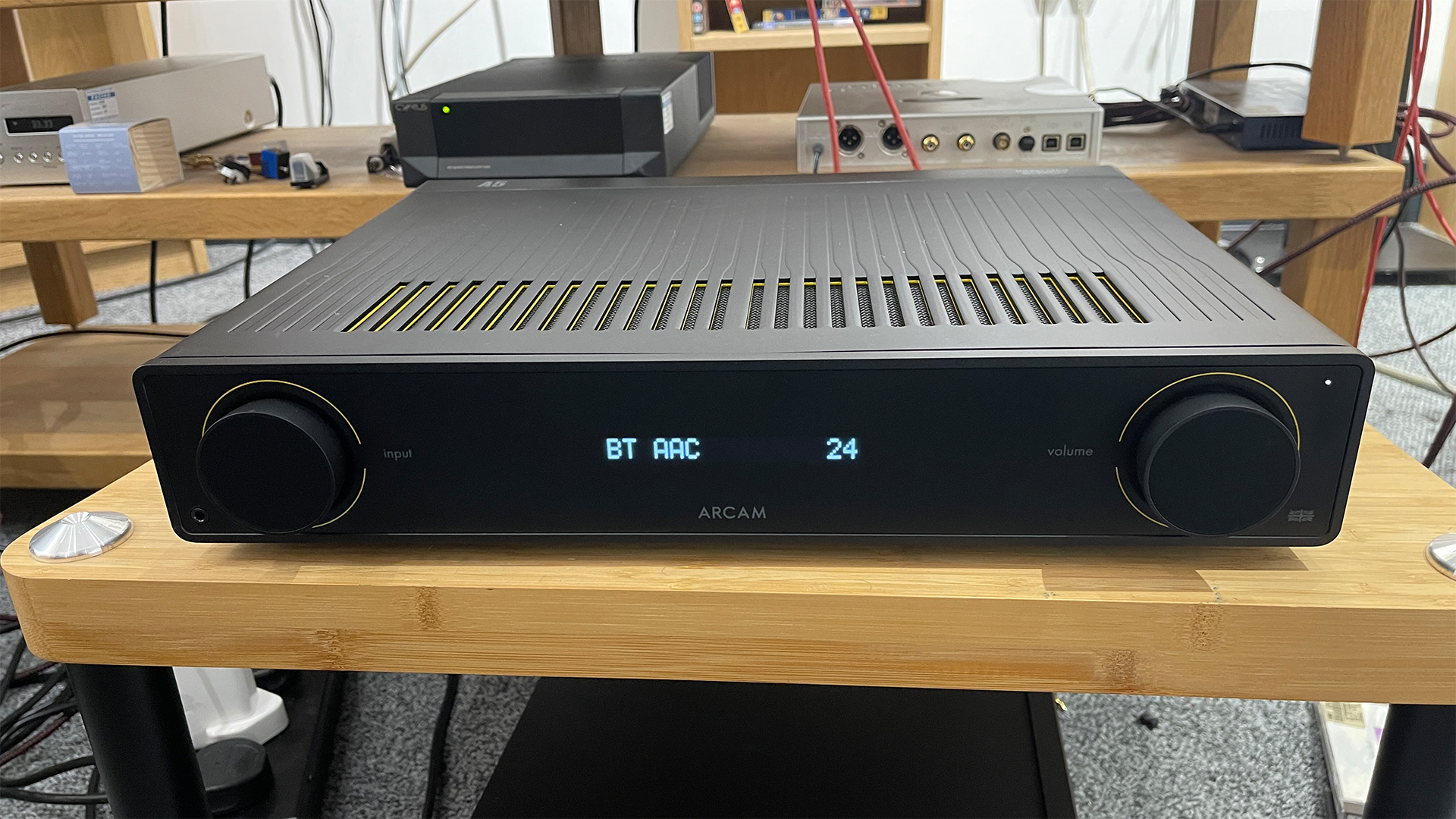
Stereo amplifiers have moved with the times. Today, they increasingly bolster their traditional analogue connections with digital ones, facilitated by the necessary DAC chip and all the other digital circuitry they require, in a bid to offer hi-fi owners greater flexibility in connecting today's digital equipment.
Even Rega, an amplifier manufacturer with a renowned purist ethos, has adopted digital in recent years, confident that it is now able to be implemented without overly detrimentally affecting the all-valuable cost/performance ratio.
In my experience, the sound quality of digital outputs in integrated amps does seem to have improved, although that isn’t necessarily to do with the advancement in DAC chips (sure, they are certainly advancing in technical proficiency but that doesn’t always translate to sonic improvements) but arguably more in the increased understanding of how digital circuitry can be optimally implemented.
What I’m less convinced by is a derivation of the digital implementation and the striving for modernity – Bluetooth.
Indeed, more and more amplifiers, typically in the budget and midrange markets, integrate Bluetooth, allowing their owners to directly and easily send music from their phone, music player or tablet wirelessly to the amplifier without an internet connection.
It has allowed such handheld devices to become essentially handy music sources themselves. Simply 'stream’ music stored locally or on a streaming service with a few touchscreen presses.
Convenient? You betcha. Hi-fi becoming more convenient through, say, app control and music streaming, is welcome, providing it doesn't come too much at the expense of sound quality. Indeed, there is a balance to be struck.
I’m just not convinced the balance has been struck with Bluetooth. Firstly, the drop in sound quality when you switch from wired connectivity (both analogue and digital) remains almost as significant as it was years ago.
And secondly, Bluetooth streaming isn’t even as convenient as the increasingly accessible streaming over a wi-fi network, which has much more potential to sound better thanks to its greater bandwidth capability (hello, hi-res) and the quality of its popular transmission (or 'cast') technologies (Chromecast, AirPlay, Tidal and Qobuz Connect etc).
My colleagues and I have written countless times over the years in reviews that Bluetooth integration is passable for infrequent, casual or background use. A bit of a 'if you must' alternative to an amp's wired route. That hasn't changed, despite Bluetooth codecs – and therefore transmission – having incrementally improved.
“While Bluetooth predictably fails to match any of the wired inputs in outright sound quality, it remains good enough for casual listening and that’s about as much as we can ask for,” reads our Arcam A15 review. And that’s what we said of an amplifier that sets the performance benchmark at its £1099 / $999 price point.

I recently went through the usual What Hi-Fi? testing gubbins of trying each connection of an amplifier we were reviewing, and the Bluetooth input was, unsurprisingly, the least preferable by a fair margin, to the point that, post-check, I by and large disregarded its presence.
After all, why spend that much, or even half that cost, on an amplifier and accept such an unnecessary downgrade, even infrequently? Again, a music streamer is now a cost-friendly gateway to considerably higher-quality network streaming (and often, if your internet is down, comparably higher-quality Bluetooth integration).
I’d argue, then, that those who primarily listen through a turntable or CD player, but who merely want a streaming solution for casual listening convenience, should probably seek out a music streamer.
Even with a dedicated Bluetooth receiver (designed to plug into an amp’s physical connection), regardless of that hardware’s digital circuitry/environment being superior to that in an amplifier, Bluetooth technology is inherently limited in a way wi-fi streaming isn’t.
Of course, you also have the added cost of Bluetooth integration for the manufacturer, which is inevitably passed on to the consumer. Could a $500 amplifier have been sold for $50-$100 cheaper if the manufacturer hadn't chosen to include a Bluetooth module? Perhaps. That saving could go a fair way to the purchase of a budget music streamer.
Sure, Bluetooth integration is neat, easy and another box ticked on an amplifier’s spec sheet. But I don't think it’s a meaningful integration in such a product, and I can’t imagine it ever will be.
MORE:
Best stereo amplifiers 2025: 9 class leaders chosen by our review experts







